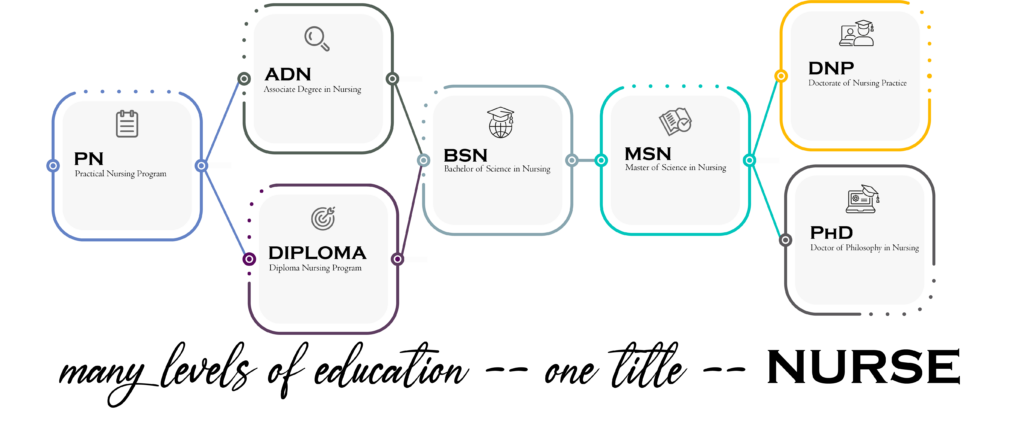
Career development planning is an excellent tool to help employees stay accountable for their progress. It may include accountability tools such meetings with managers, prompts for tracking an employee's progress, and other tools. Additionally, a career development plan can be tied to performance reviews to give insights into how an employee is progressing and what needs to be improved. Correctly implemented, career development planning can help employees succeed in their jobs, improve job satisfaction, develop skills, and make them more productive. Both the employee and organization can reap the benefits.
Goal setting
Setting career goals involves deciding where you want to go in your career and identifying steps to get there. These goals can range from increasing your professional knowledge to improving low-functioning processes or relationships. You need to be specific, and you must make sure that your goals are measurable. Using a career development planner can help you create a clear picture of what you want to achieve and ensure you reach those goals.
Non-work goals should also be considered, such as time spent with your family, continued education, or physical exercise. People often have trouble figuring out how to make a plan work for them. Like all plans, they must be realistic and time-based.
Get to know the right people
It is important to take the time to get to know the right people when planning your career. Managers and employees should work together in order to enhance their skills and achieve common goals. You can identify career development opportunities by meeting with the right people. It can also help you decide which courses or training are needed to reach your personal goals. Whether you are seeking career development opportunities for yourself or your team, you must think of the future in terms of your strengths and interests.

There are many types of jobs today, and they are constantly changing. The automation of many jobs has led to the loss of many. However, new jobs are emerging where technology and social interactions combine. The COVID-19 Pandemic was one example of this. It created new jobs as well as a restructuring process in many industries.
Create a timeline
A timeline is an important tool to help you stay on track with your career goals. You can also get help from others who have been there and done the things you want. It is important that your timeline be easily accessible to everyone. Consider posting it on your blog or sharing it with others. The more people who see it, the better your chances are of success.
Before you create your timeline infographics, make sure you outline the content you intend to include. Choose a bold header so viewers know what to expect. You can keep the rest consistent by using the same fonts, shapes, graphics, and graphics.
Create a brand
Career branding is a key component of career management. A specialization in your field can help you to build your career and make it a success. You can build your personal brand through developing a communication style and learning how to manage your career. This course will help you recognize your strengths and minimize your weaknesses. It will provide you with a platform to present your unique skills and experiences.
Your goal must be specific and your market niche must be identified in order to establish your own brand. It is essential to care for your brand on daily basis. You should continue to improve your skills and professional growth. Your brand should reflect your personal as well as professional life.

Include performance reviews
Performance reviews are not the best place to have career development conversations. Performance reviews tend not to look forward, and are more focused on past work or measuring sticks than on opportunities and future growth. Many companies include performance review discussions in their career development plans, despite this fact. These are some ways to make performance reviews more valuable and productive.
It is important to conduct a performance review at least once each year. This will enable you to assess the development of your employees and identify their strengths and weaknesses. It will help you set goals, and assist in setting performance goals. It will encourage feedback and increase employee engagement.